Freight rail is a crucial component of the transportation industry, responsible for the movement of goods across the country. Among its many functions, freight rail is also the most cost-effective way to transport bulk commodities. These bulk commodities are products that are transported in large quantities and require specialized equipment to handle. Bulk freight rail commodities are the lifeblood of the industry, as they make up a significant portion of the goods transported across the country.
In this blog post, we will be exploring the top 10 most common bulk freight rail commodities. From grains to fossil fuels, bulk freight commodities are an essential part of the U.S. economy. Understanding the most common types of bulk freight commodities can help businesses make informed decisions about transportation logistics.
We will delve into each commodity, exploring its properties, usage, and transportation requirements. Whether you are a transportation professional, a business owner, or simply curious about the transportation industry, this blog post will provide valuable insights into the world of bulk freight rail commodities.
Table of Contents
1. Petroleum Products – Crude Oil, Gasoline

Petroleum products, including crude oil and gasoline, are among the most commonly transported bulk freight rail commodities in the world. The transportation of these products by rail is a crucial part of the global supply chain, as they are used as fuel for various modes of transportation and for power generation. In the United States, the majority of crude oil transportation is done by rail, with more than 500,000 rail carloads of crude oil transported in 2019 alone.
The transportation of gasoline and other refined petroleum products by rail is also significant, with railroads transporting over 3.4 million carloads in 2019. The safe transportation of these bulk freight rail commodities is a top priority for the industry, and railroads have implemented strict regulations and safety measures to ensure the safe transport of these products.
2. Chemicals – Fertilizers, Industrial Chemicals
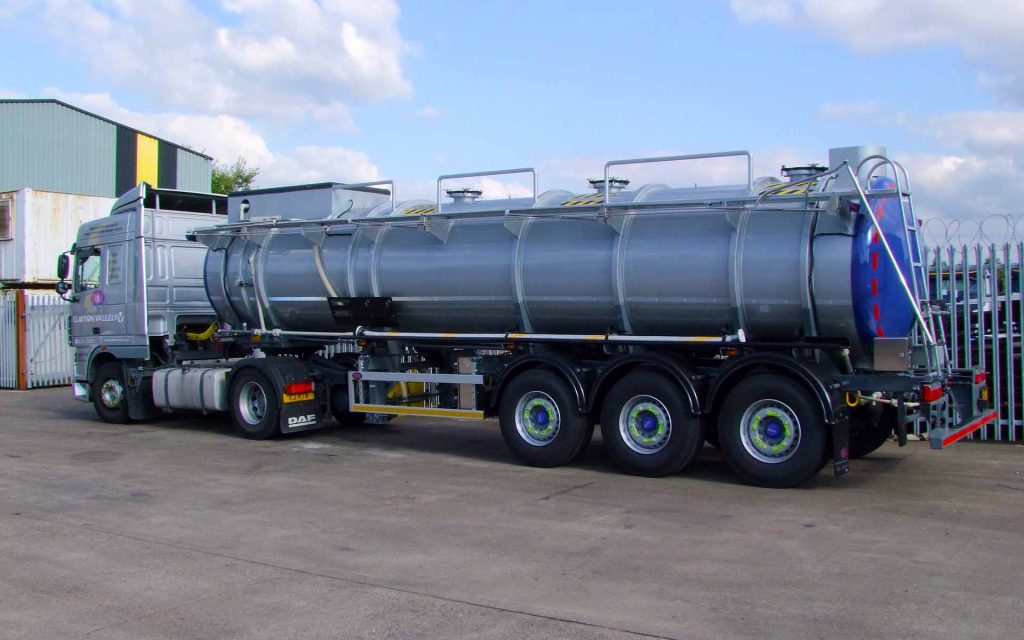
Bulk freight rail commodities refer to large quantities of goods that are transported by trains, typically in large containers or rail cars. Among these commodities, chemicals are a significant category that includes fertilizers and industrial chemicals. These substances are transported in bulk due to their nature, as they are often produced in large quantities and require specialized handling and storage. Fertilizers are commonly used in agriculture to enhance the growth of crops, while industrial chemicals are used in various manufacturing processes.
The transportation of these chemicals is critical, as they are essential for the global economy, but also pose potential dangers to human health and the environment. As such, the rail industry has implemented strict regulations and safety protocols to ensure the safe transportation of bulk freight rail commodities, including chemicals.
3. Coal – Thermal and Metallurgical
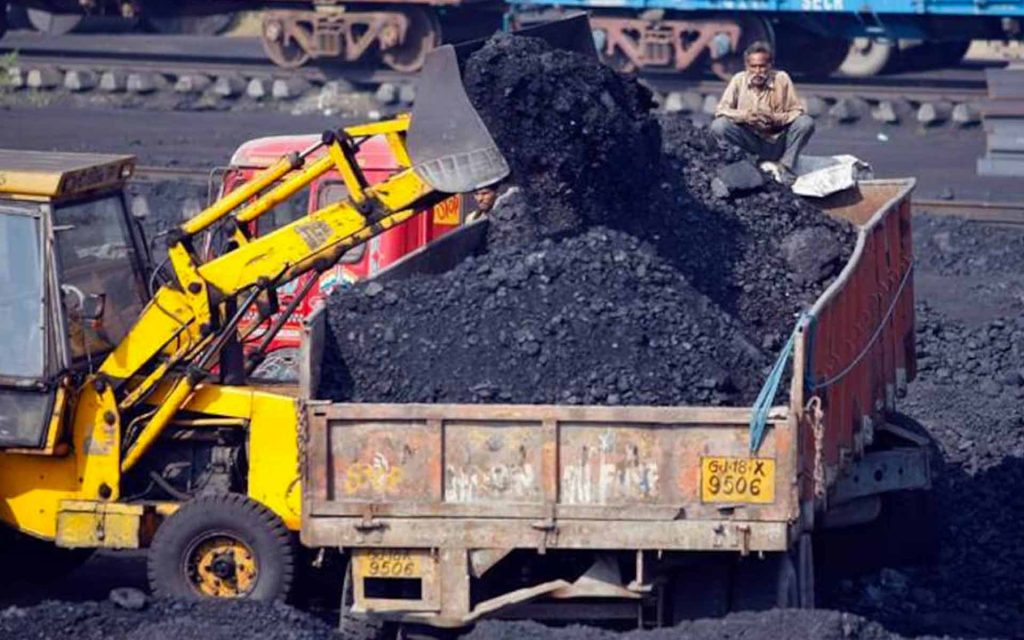
Coal, both thermal and metallurgical, is one of the most commonly transported bulk freight rail commodities. Thermal coal, also known as steam coal, is primarily used for generating electricity and accounts for the majority of coal transported by rail. Metallurgical coal, also known as coking coal, is used in the production of steel and other metals. Both types of coal require specialized rail cars for transportation due to their bulk and weight.
The demand for coal transportation by rail is largely driven by the energy and steel industries, and it remains a critical component of the global supply chain. Despite challenges related to environmental concerns and the rise of alternative energy sources, coal transportation via bulk freight rail remains a vital part of the world’s economy.
4. Agricultural Products – Grains, Oil seeds

Agricultural products such as grains and oil seeds are among the top 10 common bulk freight rail commodities in North America. These products are transported in large quantities from production areas to processing plants, export facilities, and other distribution points using rail transportation. Grain and oil seed production is a major industry in North America, with millions of tons of these commodities being shipped annually across the continent.
The transportation of these products by rail is crucial to the continued growth and success of the agriculture industry, as it provides a cost-effective and efficient means of transportation for bulk commodities. Rail transportation of agricultural products also plays a critical role in the global food supply chain, ensuring that these products reach consumers worldwide in a timely and reliable manner.
5. Metals – Steel, Copper, Aluminum

Metals, such as steel, copper, and aluminum, are common bulk freight rail commodities that are transported in large quantities on trains. Steel, in particular, is a popular commodity due to its wide range of applications in various industries, including construction, automotive, and manufacturing. Copper is another sought-after metal, used in electrical wiring and construction materials. Aluminum, known for its lightweight and corrosion-resistant properties, is commonly used in the aerospace and transportation industries.
These metals are typically transported in bulk on flatcars or gondola cars, which are designed to carry heavy loads and withstand the weight of the cargo. The transportation of metals via bulk freight rail commodities plays a crucial role in the supply chain of numerous industries, providing a cost-effective and efficient method of transportation.
6. Wood Products – Lumber, Paper
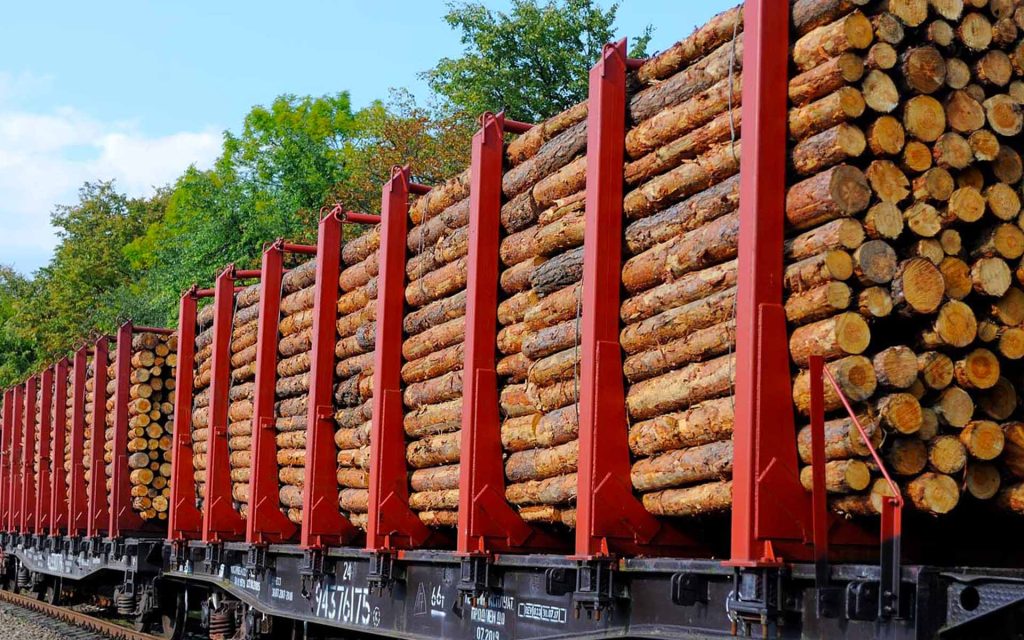
Wood products, including lumber and paper, are essential bulk freight rail commodities. The transportation of these products by rail is an efficient and cost-effective way to move large quantities across long distances. Lumber is used for a variety of construction purposes, such as building homes, furniture, and other wooden structures. Paper products are also in high demand, including printing paper, newspaper, and packaging materials.
The bulk transportation of these products by rail helps to support various industries, including the construction, printing, and packaging sectors. With the growing need for sustainable and eco-friendly materials, the transportation of wood products by rail is an essential part of the supply chain. The efficient and reliable transportation of these bulk freight rail commodities is crucial to the success of these industries and the overall economy.
7. Construction Materials – Cement, Aggregates
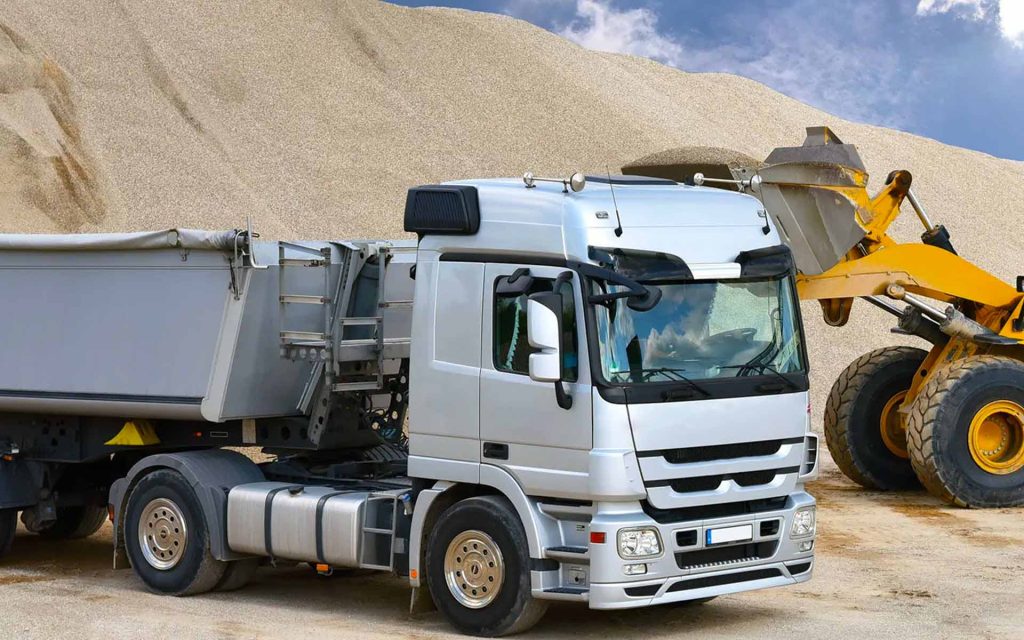
Among the top 10 list of common bulk freight rail commodities, construction materials such as cement and aggregates are essential components. Cement is a fine powder that is commonly used as a binding agent in construction and is made from a mixture of limestone, clay, and other materials.
Aggregates, on the other hand, refer to a variety of materials such as crushed stone, sand, and gravel that are used in construction for their structural properties. These materials are often transported in large quantities via bulk freight rail as they are required in significant amounts for big construction projects. The efficiency and cost-effectiveness of transporting these materials by rail make it a popular choice for the construction industry.
8. Autos and Auto parts
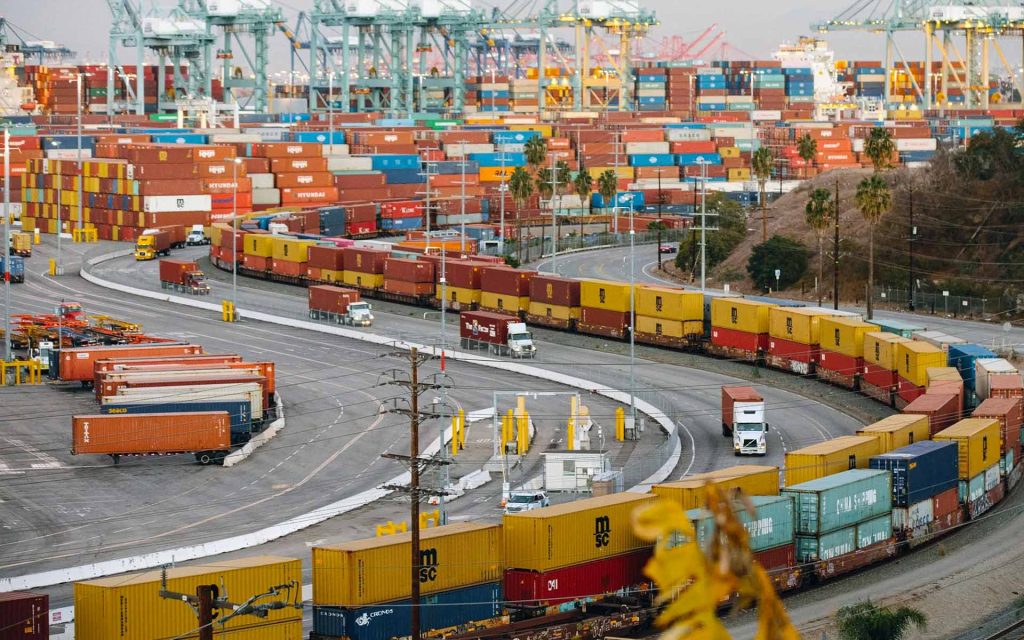
Autos and auto parts are one of the most common bulk freight rail commodities in North America. Rail transportation is a cost-effective and efficient way to move large quantities of automobiles and their parts across long distances. The rail industry offers a variety of specialized equipment to accommodate the different types and sizes of vehicles, from small cars to heavy-duty trucks.
Auto manufacturers and suppliers rely heavily on rail transportation to move their products from production facilities to dealerships and distribution centers. Utilizing bulk freight rail commodities for autos and auto parts provides a safe and reliable transportation option that can reduce shipping costs and improve supply chain efficiency.
9. Consumer Goods – Appliances, Electronics
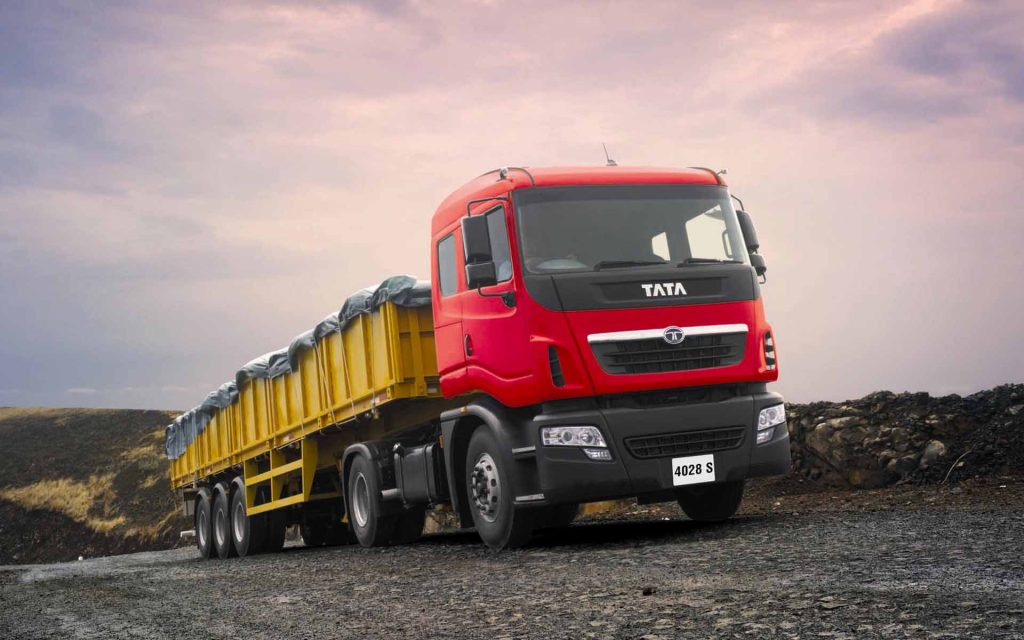
Consumer goods, including appliances and electronics, are among the most common bulk freight rail commodities. These products require safe and efficient transportation from manufacturing sites to retail locations across the country. Bulk freight rail transportation is an economical and environmentally-friendly option for moving large quantities of goods over long distances.
With the ability to carry a high volume of products, rail transport helps minimize costs and reduce the carbon footprint associated with transportation. The use of specialized rail cars and containers ensures that consumer goods are well-protected during transit, safeguarding them from damage and ensuring they arrive at their destination in pristine condition. Overall, the transportation of consumer goods via bulk freight rail is a vital part of the supply chain for retailers and manufacturers alike.
10. Waste and Scrap Materials.
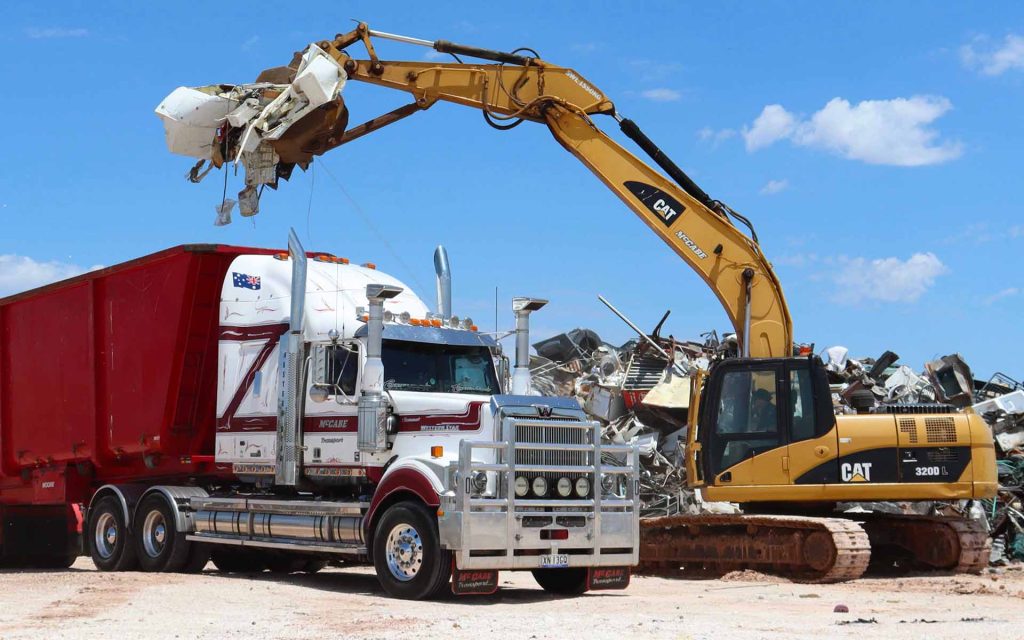
Waste and scrap materials are one of the top 10 common bulk freight rail commodities transported on a regular basis. These materials are often generated from industrial, commercial, and residential activities and are transported to recycling centers or waste disposal facilities. Scrap metal is a significant component of this category, with substantial amounts of ferrous and non-ferrous metals being shipped by rail.
Other waste and scrap materials that are transported through bulk freight rail include paper and cardboard, plastics, rubber, and textiles. The transportation of these materials via bulk freight rail is a cost-effective and environmentally sustainable method of waste disposal and recycling. By utilizing bulk freight rail, companies can reduce their carbon footprint and contribute to a more sustainable future.
In conclusion, understanding the top 10 commodities transported via bulk freight rail can provide valuable insights into the economy and industry trends. From coal to grains and chemicals to petroleum, these bulk commodities move across the country every day, supporting various sectors and contributing to the growth of the economy.
As the demand for these commodities continues to rise, the efficient and cost-effective transportation provided by bulk freight rail will remain a crucial component of the supply chain for years to come.
FAQs on Top 10 List of Common Bulk Freight Rail Commodities
Q: What are the most common commodities transported via bulk freight rail?
A: The most common commodities transported via bulk freight rail include coal, grains (such as wheat, corn, and soybeans), petroleum and petroleum products, chemicals, metals (like iron ore and steel), forest products (including lumber and pulp), minerals (like sand and gravel), aggregates, automobiles, and intermodal containers.
Q: Why is coal one of the top commodities transported by rail?
A: Coal is a significant bulk commodity transported by rail due to its abundance and the efficiency of rail transport for moving large quantities over long distances. It’s used for electricity generation and various industrial processes.
Q: How does the transportation of grains by rail benefit the agriculture industry?
A: Rail transport is crucial for the agriculture industry as it allows for efficient and cost-effective movement of grains from production areas to distribution centers and export terminals. This helps farmers reach global markets and stabilizes food supply chains.
Q: Are there any environmental concerns associated with transporting petroleum products by rail?
A: Transporting petroleum products by rail is generally safe, but there have been concerns about spills and accidents. Rail companies implement safety measures and regulations to minimize risks and ensure the safe transportation of these commodities.
Q: Can you explain the significance of intermodal containers in bulk freight rail transport?
A: Intermodal containers play a vital role in modern bulk freight rail transport. These standardized containers can be easily transferred between trains and trucks, streamlining the logistics process and enabling seamless transportation of a wide range of goods.


